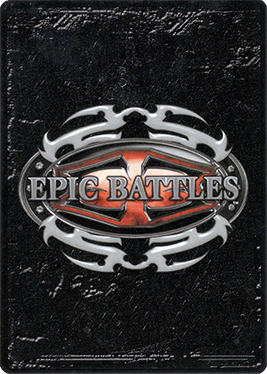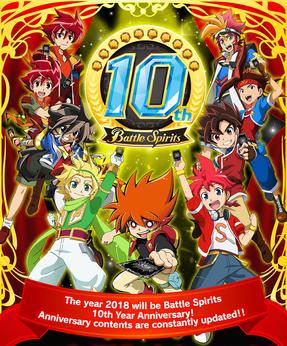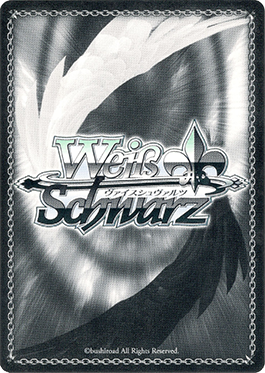
The Pokémon Trading Card Game, abbreviated as PTCG or Pokémon TCG, is a collectible card game developed by Creatures Inc. based on the Pokémon franchise. It was first published in October 1996 by Media Factory in Japan. In the US, it was first published by Wizards of the Coast. In June 2003, Nintendo transferred the publishing rights from Wizards of the Coast to The Pokémon Company. As of March 2022, the game has sold over 43.2 billion cards worldwide.

A Game of Thrones: The Card Game is an out-of-print collectible card game produced by Fantasy Flight Games. It is based on A Song of Ice and Fire, a series of novels written by George R. R. Martin. The first set was Westeros Edition and was released in August 2002. It has since won two Origins Awards. The game's primary designer is Eric Lang, the lead developer is Nate French, with Damon Stone serving as associate designer.

The Yu-Gi-Oh! Trading Card Game is a collectible card game developed and published by Konami. It is based on the fictional game of Duel Monsters created by manga artist Kazuki Takahashi, which appears in portions of the manga franchise Yu-Gi-Oh! and is the central plot device throughout its various anime adaptations and spinoff series.

OverPower is an out-of-print collectible card game produced by Fleer Corporation originally featuring characters from Marvel Comics and later from DC Comics and Image Comics. The game was initially launched in August 1995. In the game, two players went head-to-head with teams of four heroes and villains. Unlike most other collectible card games of the mid-1990s, OverPower was very distinct strategically and structurally different from Magic: The Gathering.

Yu-Gi-Oh! Forbidden Memories, known in Japan as Yu-Gi-Oh! Shin Duel Monsters (遊戯王真デュエルモンスターズ封印されし記憶), is a video game loosely based on the Yu-Gi-Oh! manga and anime series.

The Harry Potter Trading Card Game is an out-of-print collectible card game based in the world of J. K. Rowling's Harry Potter novels. Created by Wizards of the Coast in August 2001, the game was designed to compete with the Yu-Gi-Oh!, Pokémon and Magic: The Gathering card games. Its release was timed to coincide with the theatrical premiere of the first film in the series. The game was praised for the way it immersed children in the Harry Potter universe. At one point the game was the second best selling toy in the United States; however, it is now out of print.
Myths and Legends is a collectible card game based on universal mythologies, developed in 2000 in Santiago, Chile. The game currently counts with 39 sets and over 3000 different cards. It is the only collectible card game fully produced and developed in Latin-America, with some expansions translated into the English and German languages. The game was released in Europe, United States, Oceania and Latin America. In January 2010, the game went into "indefinite recess" due to the bankruptcy of the publisher, Salo. In October 2014 the game was officially brought back to print with the release of Furia, a 190-card expansion that saw the return of many of the original artists to the game.
The Universal Fighting System (UFS) is a collectible card game designed by Jasco Games. Games of UFS represent a fight between two characters in hand-to-hand combat. Characters are drawn from original properties as well as a number of licensed ones, such as Mega Man, Street Fighter, The King of Fighters XIII and Darkstalkers. The sets are cross-compatible – cards from multiple licenses can be included in the same deck, and characters from different universes may face each other in a match.
QuickStrike is an out-of-print collectible card game gaming system developed by Upper Deck for use in their games. This system made its initial debut in 2006.
Gundam War: Mobile Suit Gundam the Card Game also known simply as Gundam War is an out-of-print collectible card game based on the Gundam anime series produced by Bandai. Players can simulate battles in the anime series. The game is designed for 2 players, though there may be different fan-created multiplayer rules. This game is sometimes confused with the Gundam M.S. War Trading Card Game, since both are published by Bandai and are based on the Gundam series.

Epic Battles is an out-of-print collectible card game produced by Score Entertainment that was released in September 2005. Gameplay attempts to emulate a traditional fighting game experience and features characters and attacks from several different franchises. There are four separate sets of cards available that feature characters from Mortal Kombat, Street Fighter, and Tekken, plus an unreleased Darkstalkers set.

The Bleach Trading Card Game is an out-of-print collectible card game from Score Entertainment, and is based on the manga and anime series of the same name. The game received a nomination for Origin's "Game of the Year" and earned a semi-finalist position.

Chaotic is an out-of-print Danish collectible card game brought to the United States by Chaotic USA and 4Kids Entertainment, and distributed by TC Digital Games. It was released along with the open beta version of the online game on October 24, 2007. The card game is also featured in the animated series of the same name. As of 2014, the website is currently closed and the cards are no longer in production.
Civilization: The Card Game is a card game designed by Civilization IV lead designer Soren Johnson, based on Civilization IV. It was developed in 2006 by Firaxis Games, as a bonus in the Sid Meier's Civilization Chronicles boxed set, and is not available independently.
The Rules of Magic: The Gathering were originally developed by the game's creator, Richard Garfield, and accompanied the first version of the game in 1993. The rules of Magic have been changed frequently over the years by the manufacturer, Wizards of the Coast, mostly in minor ways. However, major rules overhauls have also been done a few times.

Battle Spirits is a two-player collectible card game (CCG) jointly developed by Bandai and Sunrise, Inc. and a franchise which also includes several anime series, manga serializations, and other merchandise like toys and video games.

Weiß Schwarz is a Japanese collectible card game created by Bushiroad. The game is separated into Weiß-side and Schwarz-side. "Weiß" and "Schwarz" are German language for white and black, respectively.

Shadow Hunters is a social deduction board game designed by Yasutaka Ikeda that was first published in 2005 by Game Republic in Japan. The game was published in the United States by Z-Man Games in 2008. The art style of the game closely resembles the style found in Japanese anime and manga.

The Final Fantasy Trading Card Game, often abbreviated as Final Fantasy TCG or FF-TCG, is a trading card game by Square Enix and Hobby Japan. The first iteration was released in Japan in 2011 but never released outside Japan and was discontinued in order to release a second iteration worldwide in October 2016.













